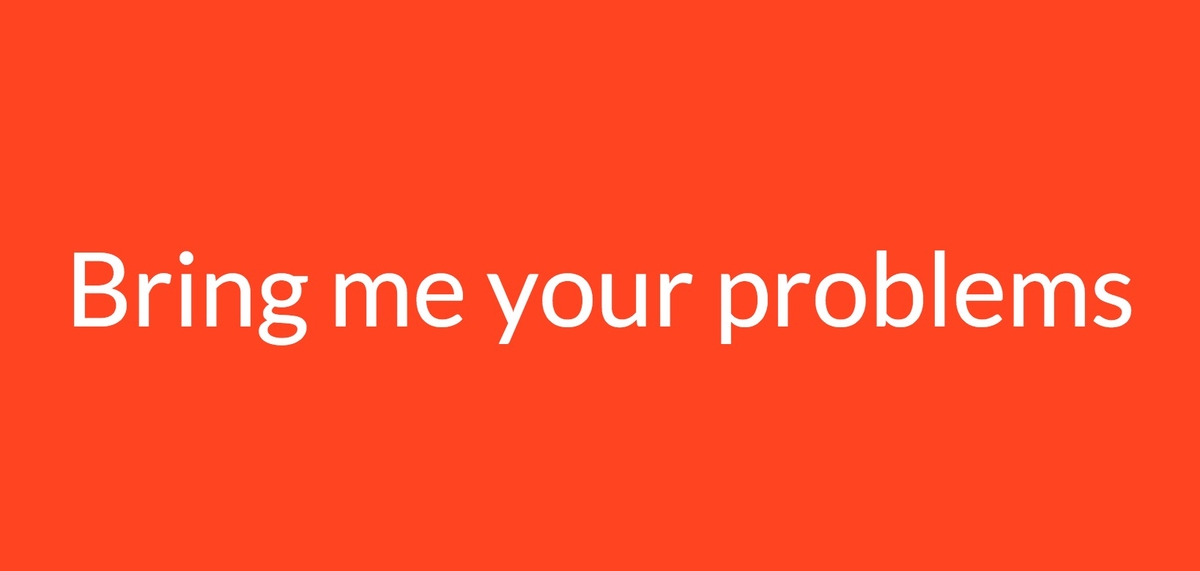
Marketing seminars are worse than useless.
Before I explain why, we need to acknowledge the following basic truths.
- The marketing strategies and tactics that work best for a private school looking for students, differ wildly from the strategies that work for a chain of strip joints.
- And the effective strip joint strategies are very different from the strategies required by an oven cleaning franchise.
- And the perfect oven cleaning franchise strategies, are totally different from those required by a tech start-up… or a long-established family law firm…. or a record label… you get the idea.
General, non specific marketing seminars deliberately ignore this fact.
They provide strategies and tactics that are intentionally designed NOT to be specific to anyone attending, based on the most general, of general advice. They’re designed to sell as many places on the seminar as possible. It’s a cookie cutter approach. The exact opposite of what’s required.
Different industries and professions need radically different advice. Business owners need marketing strategies that are, at the very least, specific to their industry.
But even industry specific strategies aren’t that much better. They’re marginally less terrible, that’s all.
The danger of general marketing advice
General marketing advice is what the majority of businesses in any sector already use. It’s freely available on websites, podcasts, webinars, Facebook, Linkedin and Youtube, etc. It’s available from well-intentioned industry bodies and institutes. It’s available in those For Dummies books. Which is why the marketing of most businesses, in the same sector, looks so amazingly similar.
Here’s what we see.
- They provide a very similar sounding range of services.
- They use very similar marketing promises.
- They offer very similar guarantees.
- They charge very similar prices.
- They target very similar prospective clients.
- And they suffer with the pain of very similar results, with (at best), a very similar slice of their marketplace.
The last thing they need is even more, general marketing advice; wrapped up as a so-called marketing seminar.
It’s worse than useless. It’s toxic.
Toxic?
Yes. Because as you can see, it makes your business less visible, less relevant and less attractive. It gives a prospective customer or client absolutely no meaningful reason whatsoever to notice you, contact you, hire you (or buy from you)… rather than hire a look-a-like competitor.
What’s needed is the exact opposite.
You need a strategy that will work for your specific business, based on your specific resources and designed to achieve your specific business growth targets.
That’s unavailable on any general marketing seminar.

















